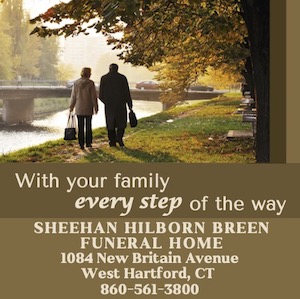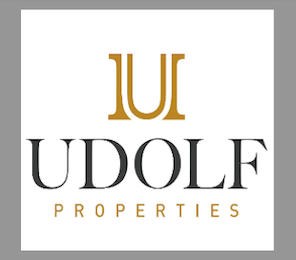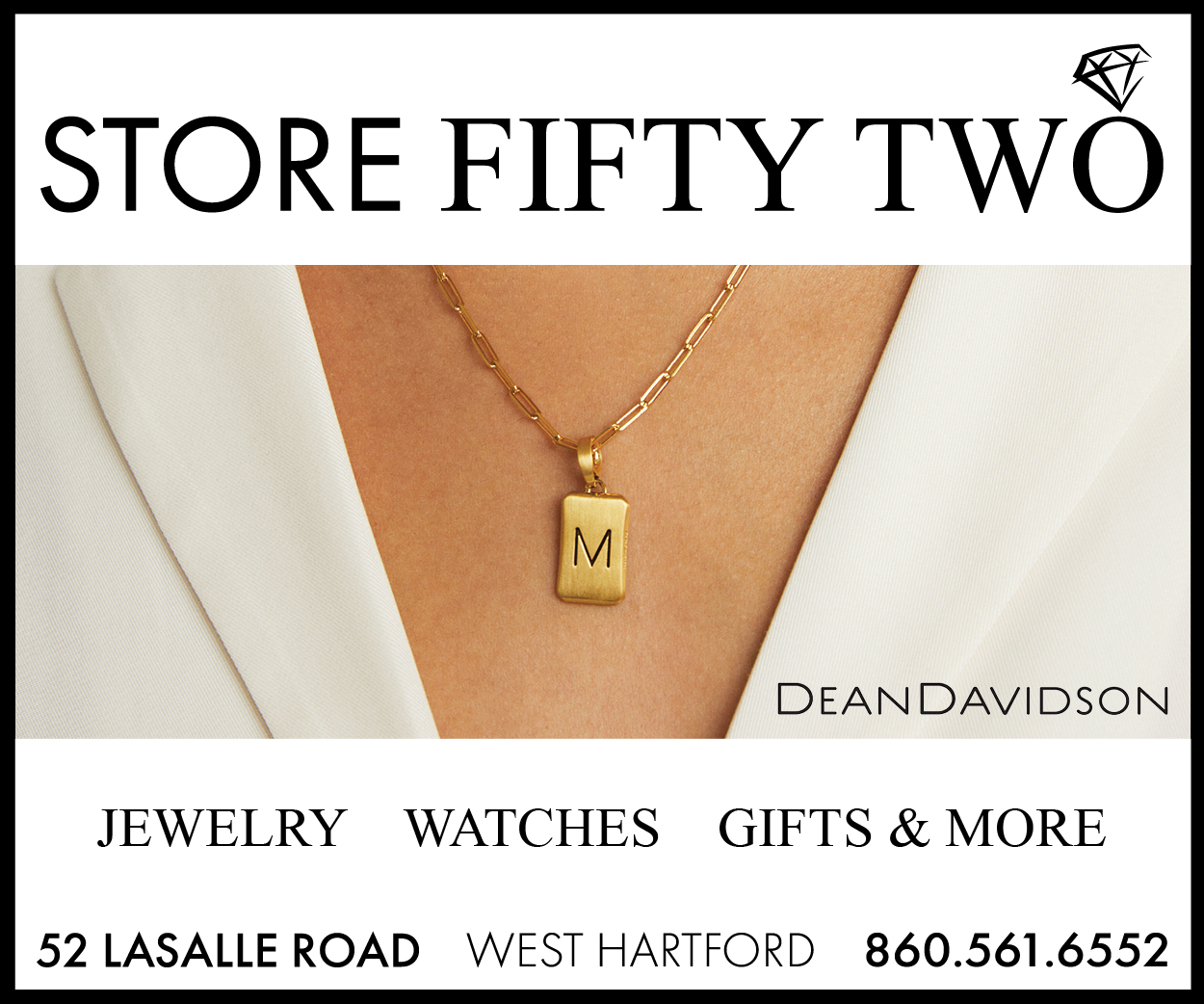
Charles Jacob Greenstein, MD, Liftig’s maternal grandfather (far right); Maurice David Liftig, DDS, LIftig’s paternal grandfather (second from right). in their graduation photo in 1911.
Twenty one years later, Greenstein’s daughter and liftig’s son would meet by serendipity in Westbrook. They married and had two sons: Dr. Robert Liftig and his brother Dr. Rick Liftig, DMD, who continues a legacy of more than 100 years of dental practice in the Hartford area. Liftig’s late father, Dr. Al Liftig, graduated from the University of Maryland Dental School in 1946, and practiced dentistry in Elmwood for 50 years.
By Dr. Robert A. Liftig
When my grandfathers entered Baltimore Medical College in the fall of 1908, you would have thought by their resumes that the two Connecticut boys were twins. Both of them were Russian Jewish immigrants, both were born within one year of each other, both grew up poor in New Britain; both of their fathers were watchmakers, both wanted to be doctors, and both applied to the same medical school – because BMC was one of the few American medical schools to accept Jews, but with conditions and on a quota system.
Their graduation photo of the Class of 1911, Baltimore Medical College, tells most of the story, but you have to examine it closely for clues as to how turn-of-the-century (the 20th) Jews were treated, with the help of my grandfathers’ interpretations:
The “Christians” stand on the left, jaunty and celebrant. Each sports a rubber lab smock; all seem proud of their names that they know are inscribed on the “official” graduation blackboard in front of them. One irreverently chomps on a pipe: he feels confident enough not to worry about breaking any ethical rules. Another drapes his arms collegially around his classmates.
They are clearly not just fellow students, but rather “college chums” – a fraternity of “Hail Fellows Well Met,” each one comfortable in his own Protestant skin (I am going by their names); all seem comfortable in their togetherness.
Now look to the right – the “Jewish Corner.” The Jews get equal space – maybe even more than equal, but that’s because they are being held at more than arm’s length by the Christians – shunned and avoided. That’s the way my grandfathers interpreted it. The Jews also wear cotton smocks – which are cheaper and less protective – but it’s not because they couldn’t afford the rubber ones, or because it’s just a coincidence: they weren’t allowed to wear them.
One grandfather, Dr. Morris David Liftig, is the tall blond guy with his head cocked backwards – defiant and challenging. To me, he looks more WASPy than any of the others in the picture. I remember the look: he’s going to get even with the Protestants – or perhaps, as you will hear, he knows he already has.
My other grandfather, Dr. Charles Jacob Greenstein, is the short fellow front, right. He is genial and smiling, an attitude he would maintain throughout his 81 years. He’s just glad to be there, and eager as hell to set up a medical practice.
In the foreground is the “Official Graduation Board” with the names of the Christians written in chalk. The names from the Jewish Corner were missing, until Morris penned them in. Morris added, “They lived for others, and died for us,” referring to the two cadavers propped up for the official portrait – one obviously for the Christians, the other just as obviously for the “others.”
Five of the seven students were from Connecticut, and, according to my grandfathers, they were mostly college men, which made the Jews also very different, because they had only gone through high school. You would think this would tip the hat of discrimination in the other direction – even toward favoritism; but college wasn’t required for medical school, and both grandfathers had the $75 required tuition in hand, and BMC was liberal by then-contemporary standards, so it accepted them – kind of, sort of.
If this interpretation seems to seethe with bitterness, it’s because that was how it was told to me – especially by Morris.
My grandfather Charlie had a different attitude, personality, and even a sense of optimism – but then he hadn’t lived through the 1902 Kishniev pogroms as Morris did.
Their life-long argument can be summed up in what I heard them debating in the early 1960s.
Morris: “They hated us.”
Charlie: “Morris, at least they gave us a chance.”
When Morris was about to enter his senior year, two things happened: first, his summer work had left him $25 short of his medical tuition of $75, so rather than drop out, he switched from the medical to the dental program – $50 even – though he graduated with his medical class.
Second, he volunteered for a social suicide mission: he tried to join the Christian dental fraternity. When he was rejected, Morris demanded to know the reason, and his sole Christian sponsor confided in him that it was only for religious reasons: “Please understand. It’s nothing personal. We even like you.”
But Morris understood all too well and did take it personally, and he quickly contacted Jews from what became the University of Pennsylvania Dental School, and they formed their own fraternity – Alpha Omega – which is now the largest international dental fraternity in the world.
Morris became a prominent dentist in Hartford with a Main Street office.
Charlie, on the other hand, did have the $75 tuition to complete his medical studies. He opened a practice first in Meriden, and later in New Britain, and, like Morris, practiced for over 50 years – both of them with a deep sense of commitment to the Jewish community, and proud of their hard-to-earn degrees.
Dr. Robert A. Liftig is an adjunct professor of Ethics at Fairfield University and a freelance writer. He lives in Westport.
Readers are invited to submit original work on a topic of their choosing to Kolot. Submissions should be sent to judiej@jewishledger.com.








 Southern New England Jewish Ledger
Southern New England Jewish Ledger







